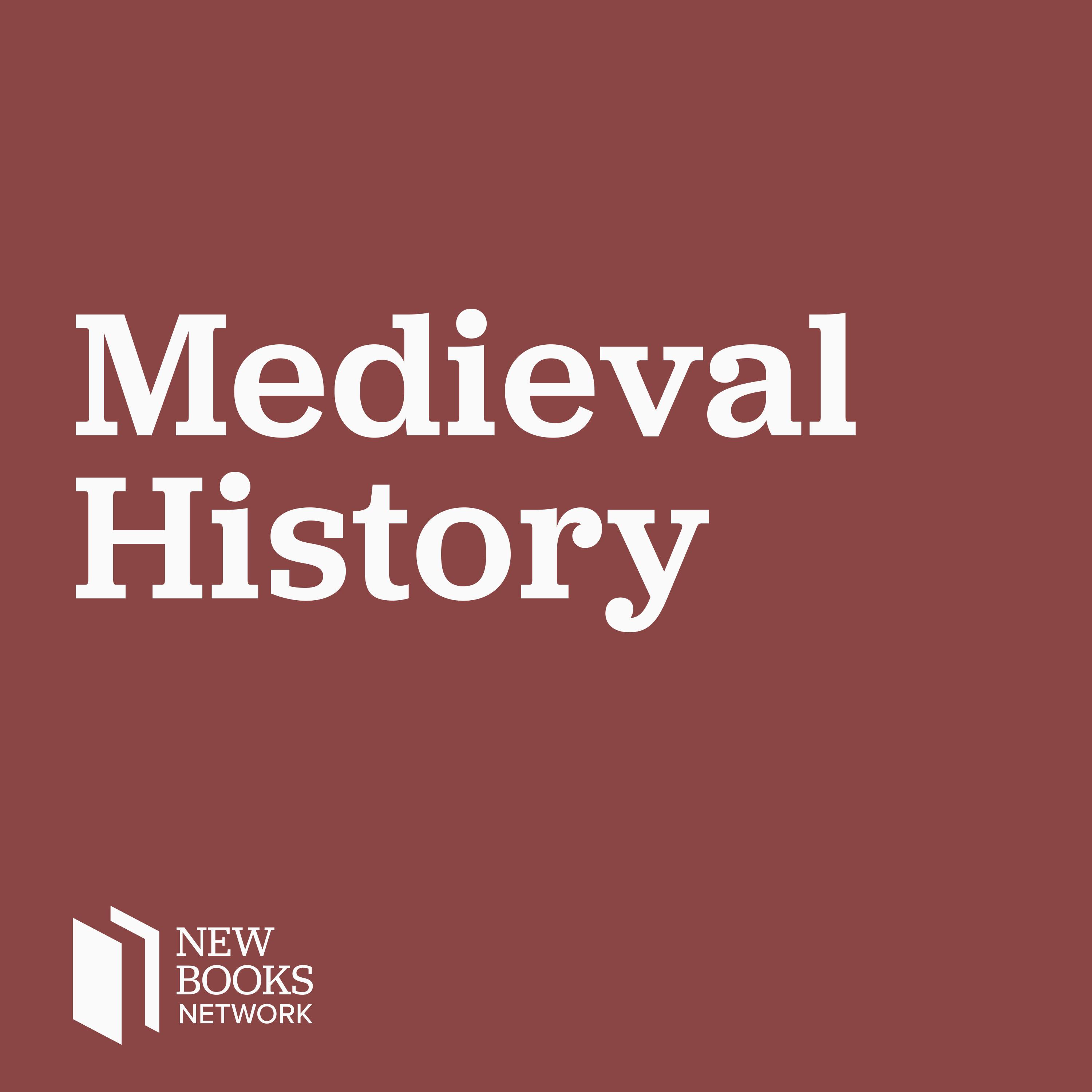Cordelia Heß, "The Medieval Archive of Antisemitism in Nineteenth-Century Sweden" (de Gruyter, 2021)
Description
The significance of religion for the development of modern racist antisemitism is a much debated topic in the study of Jewish-Christian relations. Cordelia Heß's The Medieval Archive of Antisemitism in Nineteenth-Century Sweden (de Gruyter, 2021), the first study on antisemitism in nineteenth-century Sweden, provides new insights into the debate from the specific case of a country in which religious homogeneity was the considered ideal long into the modern era.
Between 1800 and 1900, approximately 150 books and pamphlets were printed in Sweden on the subject of Judaism and Jews. About one third comprised of translations mostly from German, but to a lesser extent also from French and English. Two thirds were Swedish originals, covering all genres and topics, but with a majority on religious topics: conversion, supersessionism, and accusations of deicide and bloodlust. The latter stem from the vastly popular medieval legends of Ahasverus, Pilate, and Judas which were printed in only slightly adapted forms and accompanied by medieval texts connecting these apocryphal figures to contemporary Jews, ascribing them a physical, essential, and biological coherence and continuity - a specific Jewish temporality shaped in medieval passion piety, which remained functional and intelligible in the modern period.
Relying on medieval models and their combination of religious and racist imagery, nineteenth-century debates were informed by a comprehensive and mostly negative "knowledge" about Jews.
Learn more about your ad choices. Visit megaphone.fm/adchoices
More Episodes
Published 11/23/24
During the early medieval Islamicate period (800–1400 CE), discourses concerned with music and musicians were wide-ranging and contentious, and expressed in works on music theory and philosophy as well as literature and poetry. But in spite of attempts by influential scholars and political...
Published 11/12/24
Filippo Gianferrari, "Dante's Education: Latin Schoolbooks and Vernacular Poetics" (Oxford UP, 2024)
In fourteenth-century Italy, literacy became accessible to a significantly larger portion of the lay population (allegedly between 60 and 80 percent in Florence) and provided a crucial means for the vernacularization and secularization of learning, and for the democratization of...
Published 11/06/24


